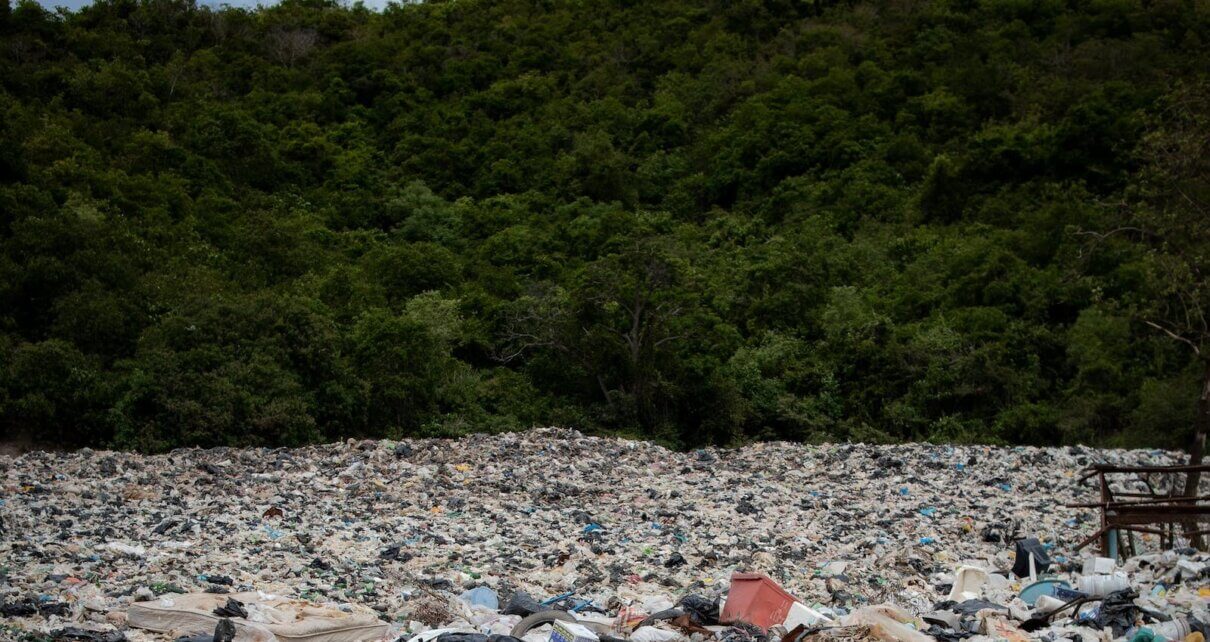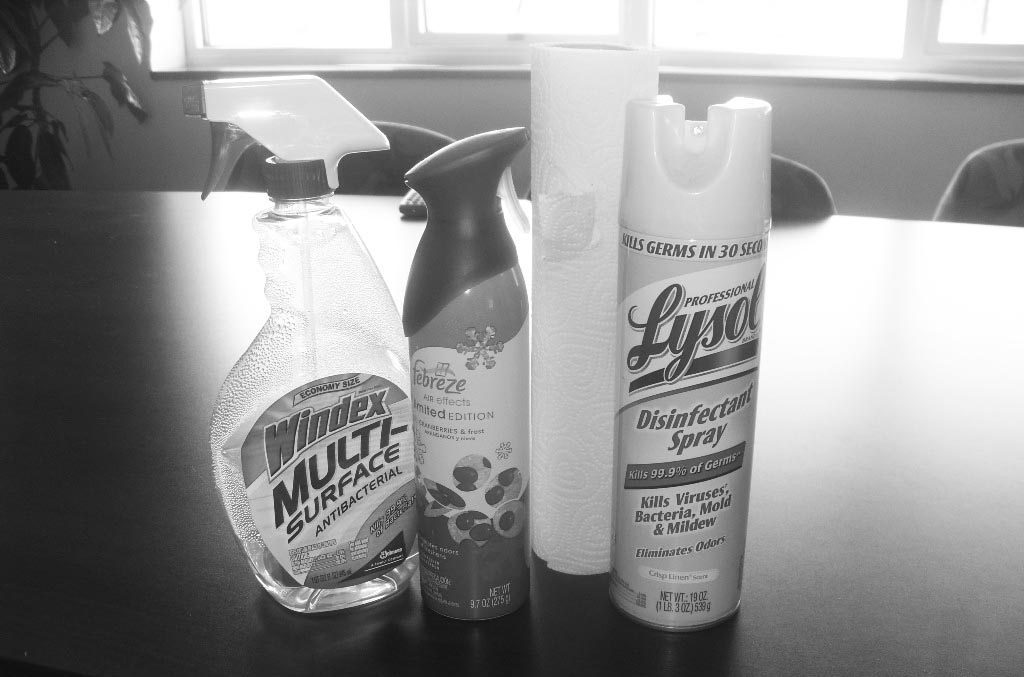The world is constantly evolving, and societal standards are changing with it. Fashion is no exception. It seems that every month there are new trends on the horizon accompanied by a list of the biggest ‘No’s’ for the season. We then purge our closets, with potentially hundreds of clothing items—and dollars—going down the drain.
Fast fashion, which is the phrase used to describe clothing brands that inexpensively mass produce the latest trends, become the instant go-to. stores, like Shein, H&M, Romwe, and FashionNova. They pride themselves on staying up to date with the ever-changing fashion industry, but the low prices account for more than just an effortless way to spruce up your closets— the environmental cost is much higher.
Here’s the truth: fast fashion articles are meant to be disposed of. Made with cheap fabrics, articles bought from fast fashion brands usually don’t last more than a season. It isn’t too long before the garment inevitably begins to fray, so you can readily dispose of it and catch a ride on the next fashion trend train. It’s a systematic process curated by brands who know how to exploit their consumers to make money.
Buying more clothes more frequently means that you stay contemporary and fashionable, under the guise that you’re doing it all for less. On paper, it sounds as if everybody wins. But here’s another truth: it takes years and years for clothing to decompose in a landfill. The trends that were popular last month are sitting right next to those that have been there for the past couple of decades, which still have hundreds of years to go before they turn into nothing.
Sydney Cherwien and Emer Brophy, junior communication students, spoke about how they navigate the subject as college students. Cherwien and Brophy both stated that they purchase from H&M and Forever21 but avoid websites such as Shein and FashionNova altogether in an attempt to curb their own environmental impacts.
“I’m very passionate about fast fashion and how it affects us, so I try not to purchase from any of those cheaper sites like Shein,” Cherwien explained. Brophy agreed, saying, “We’re aware queens, just broke college students.” When further prompted about how budget plays into clothing purchases, Brophy elaborated, “Staying up with trends isn’t as pressing as saving money for more important things I need right now.”
While budget plays a role in what clothing an individual can purchase, it is also important to keep in mind the impact that our choices make on a larger scale. What’s the solution, then? How do we, the consumer, ensure that what we’re purchasing is safe for the environment while getting the best bang for our buck?
The first answer would be to purchase higher quality clothing, just less often. Higher quality items tend to be pricier, yes, but with less frequent shopping trips, the overall price should even itself out. These items are guaranteed to last longer than those bought from a cheaper source, meaning that your closet can expand with each new purchase rather than diminish month to month.
If buying higher quality is not a feasible option, upcycling and repurposing clothing can keep items out of landfills. A ripped shirt can become a dusting rag, and out-of-style jeans can be turned into things like small purses or quirky drink coasters. The possibilities truly are endless.
Donating is also a viable option, as well as purchasing second-hand clothing items from friends, family, and thrift stores. By cycling through clothes that have already been purchased as opposed to buying ones brand new, the number of articles that are thrown out is significantly reduced, thus minimizing the waste produced through fast fashion.
Environmental concerns are just the tip of the iceberg when it comes to negative aspects of fast fashion, making it even more important to learn how we can lessen the practice’s sphere of influence. Despite whether or not we’re able to make any personal changes, becoming aware is the first step, and, with enough people, we can make a difference.




